Toyota Japan is the first to obtain the fuel cell bus "SORA" certification, indicating that the bus sector will be the next fuel cell
The start of sales of the Toyota bus "SORA" may open a new door to the fuel cell vehicle market.
Not long ago, Toyota obtained the model certification of the fuel cell bus "SORA" for the first time in Japan, and it has now started its official sales. At the same time, Toyota expects to introduce 100 fuel cell buses "SORA" into Tokyo before the 2020 Tokyo Olympics. Recently, there has been a lot of discussion about fuel cell vehicles in the industry. As one of the new energy technology solutions in the future, whether fuel cell technology will be the first to be applied to passenger car products in large quantities? Through "SORA", we can see what ?
Both environmental protection and designSORA is a hydrogen fuel cell bus. SORA is composed of the first letters of the four words Sky, Ocean, River, and Air, representing the earth's water cycle.
SORA adopts a design that is not the same as traditional buses. Compared with the box-shaped design of traditional buses, the appearance of SORA looks more three-dimensional. At the same time, LED front and rear taillights also make SORA look more technological.

In terms of space, the length, width and height of the SORA body are: 10525/2490/3350mm. The car can accommodate 79 people, including 22 passenger seats, 56 stations and 1 driver's seat. It is worth mentioning that the car is equipped with a foldable horizontal seat that can be folded when not in use to provide space for a stroller or wheelchair.
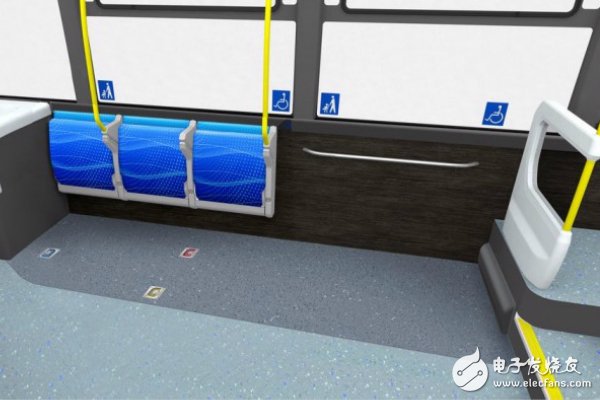
SORA is equipped with the same TFCS fuel cell system as Toyota's first hydrogen fuel car Mirai. Its powertrain includes two 114kW fuel cell stacks and dual-motor drives. The maximum motor power is 113kW and the peak torque is 335Nm. The power source for SORA is 10 hydrogen tanks with a total capacity of 600 liters, and is equipped with a nickel-hydrogen battery to respond to emergency measures.
In addition, SORA is also equipped with a large-capacity external power supply system for power output in emergency situations, with a maximum power of 9kW and a full fuel load that can supply 235kWh.
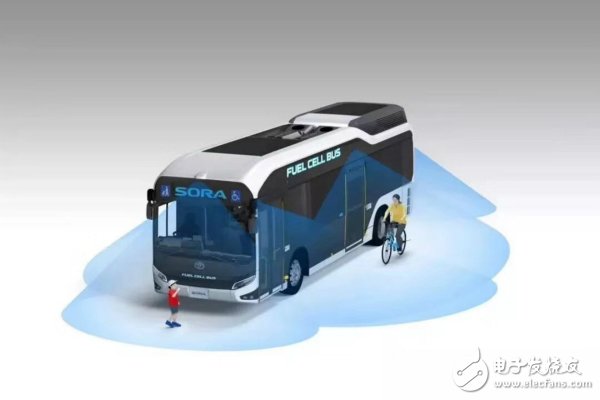
In terms of technology, there are a total of 8 high-definition cameras inside and outside the car, and the monitors located in the driver's seat can view the images taken by these cameras. SORA's "view assist camera system" can monitor the moving objects around the bus when parking, and remind the driver through sound and images to improve safety.
SORA uses electric motor drive to eliminate the frustration when shifting gears, and the equipped acceleration control system can control sudden acceleration during driving. In addition, SORA's automatic arrival control system can also help drivers guide the bus to the correct parking position.
Fuel cell-the collision of hydrogen and oxygenThe biggest feature of fuel cell vehicles like SORA is its power system. In terms of structure, the composition of the power system of a fuel cell vehicle is very similar to that of a hybrid vehicle. The difference is that the fuel cell vehicle replaces the engine on the hybrid vehicle with a fuel cell stack.
Essentially, fuel cell vehicles and internal combustion engine vehicles are more similar. The difference between the two is that internal combustion engine vehicles convert heat energy into mechanical energy to drive the vehicle, while fuel cell vehicles use fuel cells to generate electricity and then convert electrical energy into mechanical energy. .
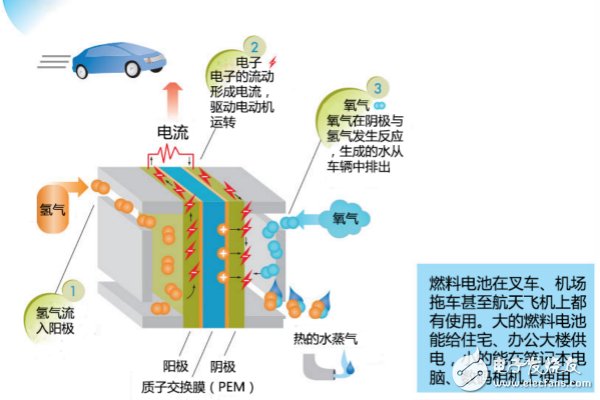
The working principle of the fuel cell is very simple: the fuel cell consists of three adjacent sections of anode, electrolyte and cathode. Between two adjacent sections, a chemical reaction occurs-hydrogen is oxidized at the anode, and oxygen is reduced at the cathode, thereby consuming fuel, generating current, and driving the electrical equipment loaded on the system, including motors, Vehicle equipment and components, etc.
Fuel cell vehicle VS lithium battery electric vehicleThe fuel cell's simple working principle and no secondary pollution have made fuel cell vehicles. When it comes to fuel cell vehicles, we have to mention another type of new energy vehicles-lithium battery electric vehicles, because since the beginning of the word new energy, the contrast between the two has not been broken. Compared with lithium battery electric vehicles, fuel cell vehicles have obvious advantages in the following points:
1. No secondary pollution. The main component of hydrogen fuel cells is hydrogen, which will not pollute the environment after the end of their service life. Li-ion batteries contain heavy metals such as nickel, cobalt, arsenic and other toxic pollutants, so they must be recycled.
2. Longer cruising range. Hydrogen fuel cells have high energy storage density and light weight, so fuel cell vehicles generally have a longer cruising range than electric vehicles. It is important to know that fuel cell vehicles on the market have a range of more than 500 kilometers, and there are few electric vehicles with such excellent endurance.
3. Short fuel replenishment time. Generally, a fuel cell vehicle can be fully charged with the high-pressure gas tank (70Mpa) required for long-distance driving in 3 to 5 minutes, while the fastest charging Tesla Supercharger can be fully charged in 20 minutes, and it takes 80 minutes to fully charge. .
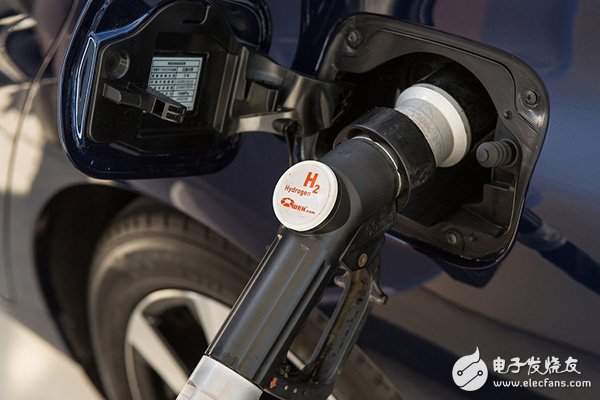
In addition, fuel cell vehicles also have significant advantages in terms of battery degradation, energy efficiency conversion, and ease of maintenance.
Compared with lithium battery electric vehicles, fuel cell vehicles also have obvious shortcomings. The biggest obstacle to their development is their high cost, and the high cost is mainly reflected in the fuel cost and the construction of supplementary fuel infrastructure.
1. The cost of the catalyst required for the chemical reaction of the hydrogen fuel cell is high. The catalysts used in the oxidation reaction of hydrogen and the reduction reaction of oxygen are all rare metal platinum, which is what we call platinum. In nature, platinum is rarer than gold, and is often used as a material for precious jewelry. Therefore, the cost of fuel cells has risen due to the existence of platinum.
2. The construction cost of fuel station is high. Due to the need to process and store liquid hydrogen, the equipment of the fuel station needs to be able to store almost tens of thousands of liters of liquid hydrogen at a temperature of -250 degrees Celsius, which is almost close to absolute zero, and the liquid hydrogen needs to be converted into gas in the vaporization tower during transmission. , And then pressurized to deliver to a smaller storage tank for each car.
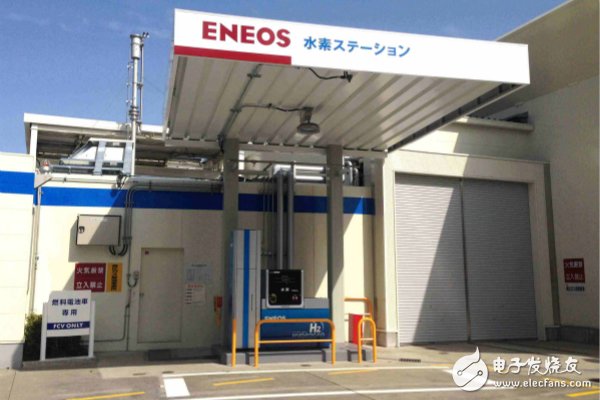
From the above characteristics, it is not difficult to see that the construction cost of the fuel station is very high. The average construction and installation cost of each fuel station is as high as 1 to 2 million US dollars. However, it is necessary to know that ordinary charging stations need about 100,000 US dollars, even for Tesla’s super The charging station is also only $30.
Although in recent years, with the development of technology, the price of fuel cell vehicles has dropped from US$100,000 before to US$60,000 or 70,000. But at the same time, we should also see that the price of electric vehicles such as Tesla has dropped to about $30,000. Therefore, it can be seen that the biggest disadvantage of current fuel cell vehicles lies in their high manufacturing costs. In addition, the source of hydrogen and the safety of hydrogen also trouble the development of hydrogen fuel cell vehicles.
Fuel cell vehicle market or bus firstAs mentioned above, the biggest problem in the use of fuel cell vehicles is that the fuel station is not easy to find. The advantage is that the fuel replenishment time is particularly short, and it has a better form of mileage and consumption rate than pure electric vehicles. It is precisely because of these difficulties that the expected application scenario of fuel cells in the short term will be in the field of passenger cars like SORA.
For the entire automobile industry, although the total volume of passenger cars is small, they have the following characteristics: large capacity, long operating time, rapid growth in total volume, and are mostly operated in large and medium-sized cities in "heavy-hit areas" with air pollution. One of the important means of transportation, these aspects are easy for the practical application of new energy technologies including fuel cells.
In addition, the energy consumption of buses is very large, and the charging time of electric buses is very long. Fuel cell vehicles may just make up for this problem, and the advantages of mileage and wear can be effectively used in long-distance passenger transportation.
On the other hand, passenger cars are mainly used in the field of public service, with relatively fixed operating routes, which is convenient to make up for the imperfections of the current hydrogen refueling facilities and facilitate the maintenance and management of products. This feature also indicates that the field of passenger cars will be expected to be fuel cell in the short term. An application scenario of.
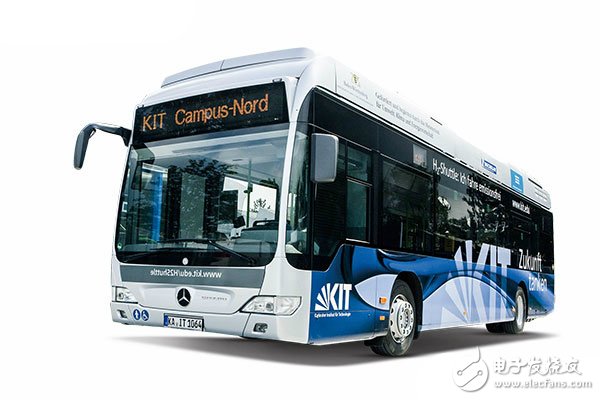
At the same time, as a part of the city's infrastructure, urban public transport has a demonstrative role. Many countries including China, the United States, and Japan have chosen public transport as the main force in the initial stage of demonstration and application of new energy vehicles.
Therefore, buses, especially buses, are of great significance in the development of new energy vehicles, and the start of sales of Toyota’s “SORA†may open a new door to the fuel cell vehicle market.
Smart Watch For Men
Smart Watch For Men
everyone enjoys luck , https://www.eeluck.com